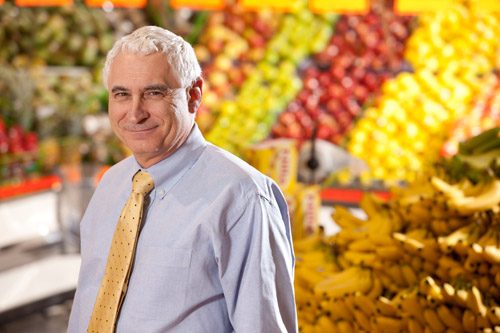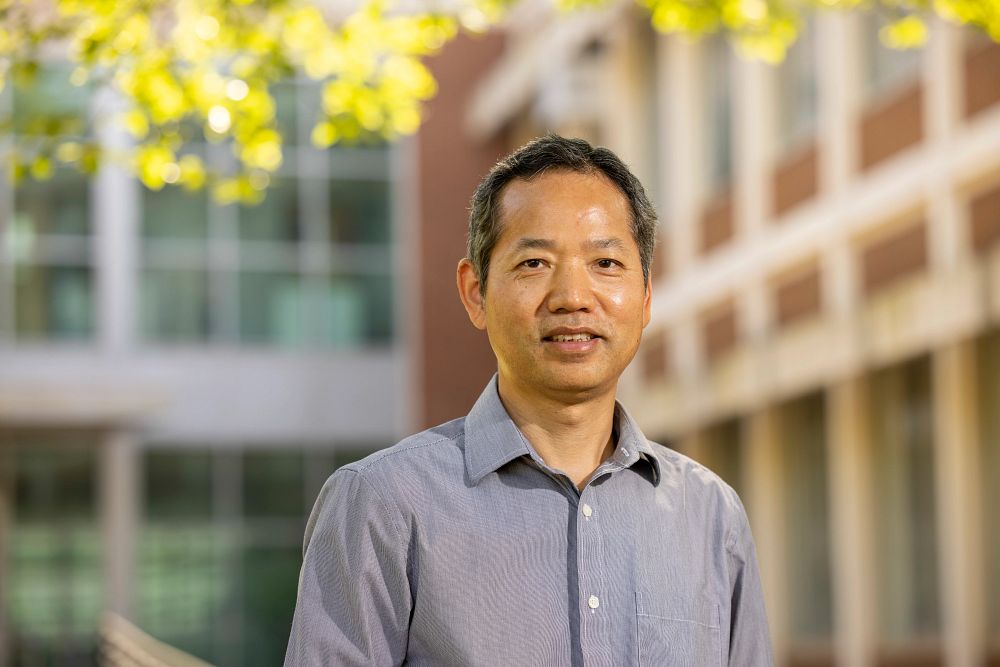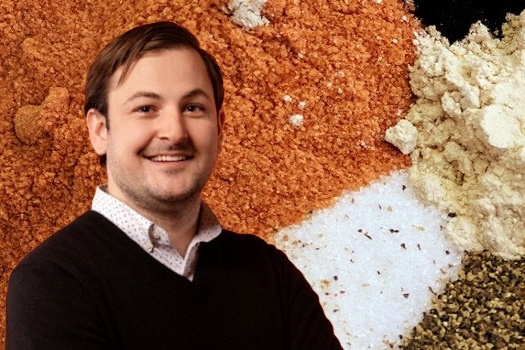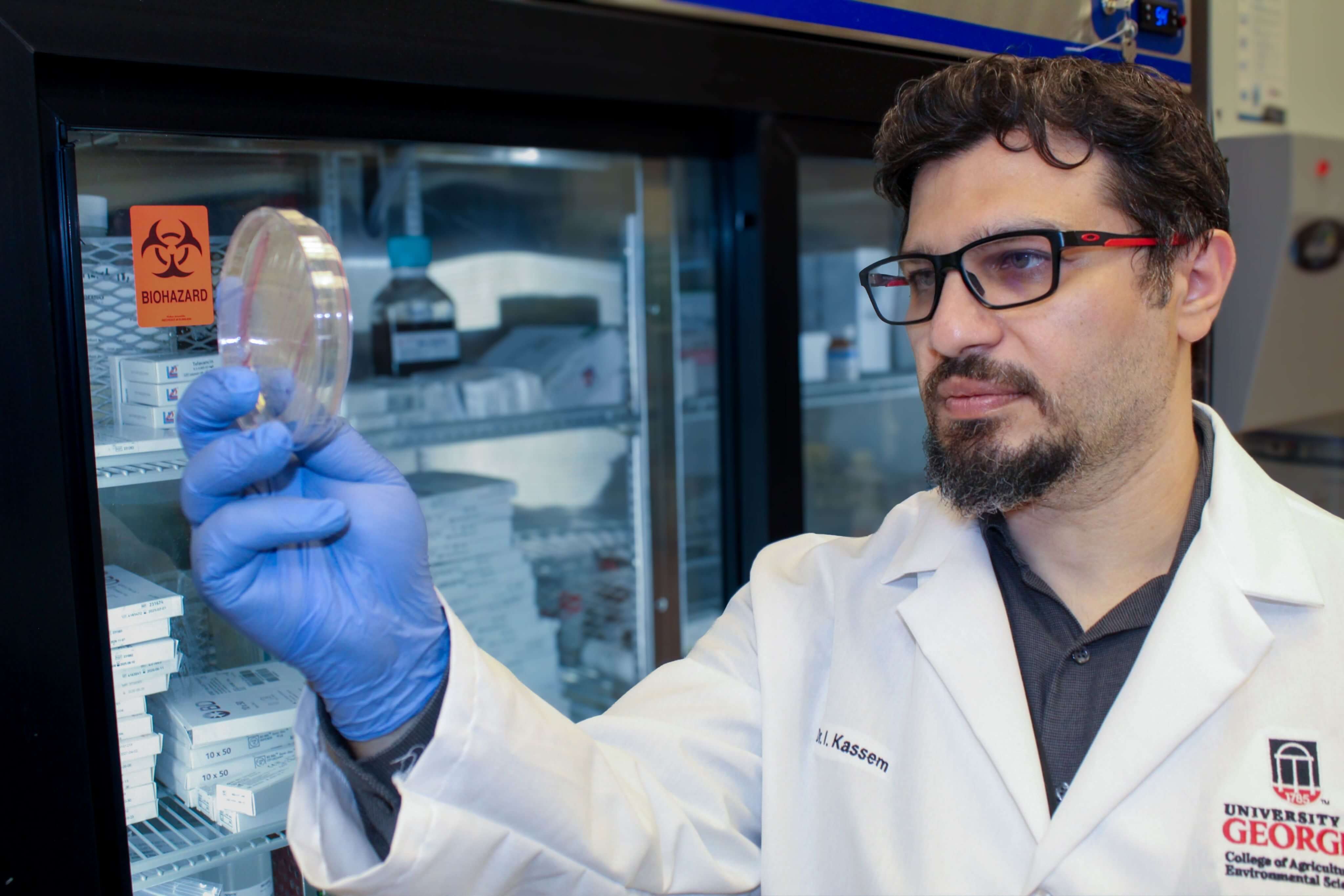Twenty-six years ago, the University of Georgia hired Mike Doyle to create and lead a research center focused on detecting, controlling and eliminating foodborne pathogens in America’s food supply. This month, Doyle retired from his position as director of the world-renowned Center for Food Safety on the UGA Griffin campus.
“The (food safety center) model Mike Doyle created in collaboration with numerous brilliant, hard-working UGA faculty, staff and students has served as a prototype for many other national and international institutions that are developing their own,” said Francisco Diez, food safety center director and professor, and Doyle’s successor. “We are very thankful for his tireless efforts in advancing food safety microbiology and his leadership in inspiring many current and past Center for Food Safety researchers to excel in their own careers.”
In the early 1980s, Doyle was the first food microbiologist to study E. coli, the major cause of hemolytic-uremic syndrome in children in the U.S. He came to the UGA College of Agricultural and Environmental Sciences from the University of Wisconsin-Madison in 1991 to establish the food safety center at UGA-Griffin.
He continued to focus his research on developing methods to detect and control foodborne bacterial pathogens at all levels, from the farm to the table. Doyle is now internationally known as a leading authority on foodborne pathogens, especially E. coli.
As food safety center director, Doyle built close relationships with representatives from the food industry, consumer groups and government agencies, like the Food and Drug Administration (FDA) and the U.S. Department of Agriculture (USDA). Doyle worked closely with scientists at the Centers for Disease Control and Prevention in Atlanta on issues related to the microbiological safety of food. He also served as a scientific adviser to groups like the World Health Organization (WHO), the FDA and the National Academy of Sciences.
Doyle and UGA Assistant Research Scientist Tong Zhao received the UGA Inventor’s Award 2010 for their creation of a food wash that kills pathogens on produce faster and more effectively than other wash products. The food wash can also be used to sanitize kitchen counters, cutting boards, deli slicers and food-processing equipment in commercial settings. The wash is many times more powerful on foods than other commercially available, chlorine-based antimicrobials, but the FDA and the European Union food industry generally regard the wash’s components as safe.
The wash doesn’t affect the appearance, flavor or odor of foods and increases food’s shelf life. The technology has been incorporated into FIT food and vegetable wash products. It is also being used in food processing and transportation facilities, hospitals and restaurants, and may be used as a food additive in butters, creams and ground meats.
Doyle is the lead inventor of multiple technologies in the area of food safety. His patented inventions include the use of probiotic bacteria to control E. coli infection in cattle and to address listeria contamination of food processing facilities and salmonella and Campylobacter outbreaks in poultry and poultry products. While at UGA, Doyle was issued six U.S. patents along with several foreign patents.
Throughout his career, Doyle received numerous honors. He was named a Regents’ Professor at UGA and a fellow by the National Academy of Inventors, the American Academy of Microbiology, the American Association for the Advancement of Science, the International Association for Food Protection and the Institute of Food Technologists.
He received the Nicolas Appert Award from the Institute of Food Technologists, the Public Health Honor Award from the CDC and the Scientific Achievement Award from the American Meat Institute Foundation.
Doyle served on the food safety committees of many scientific organizations and advised groups, like the WHO, the Institute of Medicine, the National Research Council, the International Life Sciences Institute, the FDA, the USDA, the Department of Defense and the Environmental Protection Agency.







